How Zaha Hadid Architects’ Napoli Afragola station is shaping the future of Italy’s train infrastructure

The Napoli Afragola railway station, the Zaha Hadid Architects-designed transportation gateway to the south of Italy located 12km north of Naples, has been photographed on its first birthday. The station opened in June 2017 and was originally commissioned as a response to the increase in demand for train travel in Italy – that has increased by 50 per cent over the last decade.
The sweeping design was structured by the main concourse that forms an urbanised public bridge, connecting communities either side of the eight railway tracks. The architecture was defined by ZHA through examining the proposed circulation routes of the passengers and how they would traverse this walkway to reach the platforms. Yet this bridge became an elevated building that houses all the station's facilities for departing, arriving and connecting passengers – bringing people in from the large entrances at each end of the station, and flowing them through the multi-levelled bridge layered with public zones, shops and amenities.

The exterior of the Napoli Afragola train station.
A reinforced concrete base supports the elevated concourse of steel ribs clad in Corian® and topped off with a glazed roof. The curved structural concrete elements were built using technologies initially developed for the construction of the ZHA-designed MAXXI Museum in Rome. The wooden formwork was replaced by prefabricated steel units, and the double curves that define the sweeping form of the station's roof were realised with CNC milled polystyrene formwork.
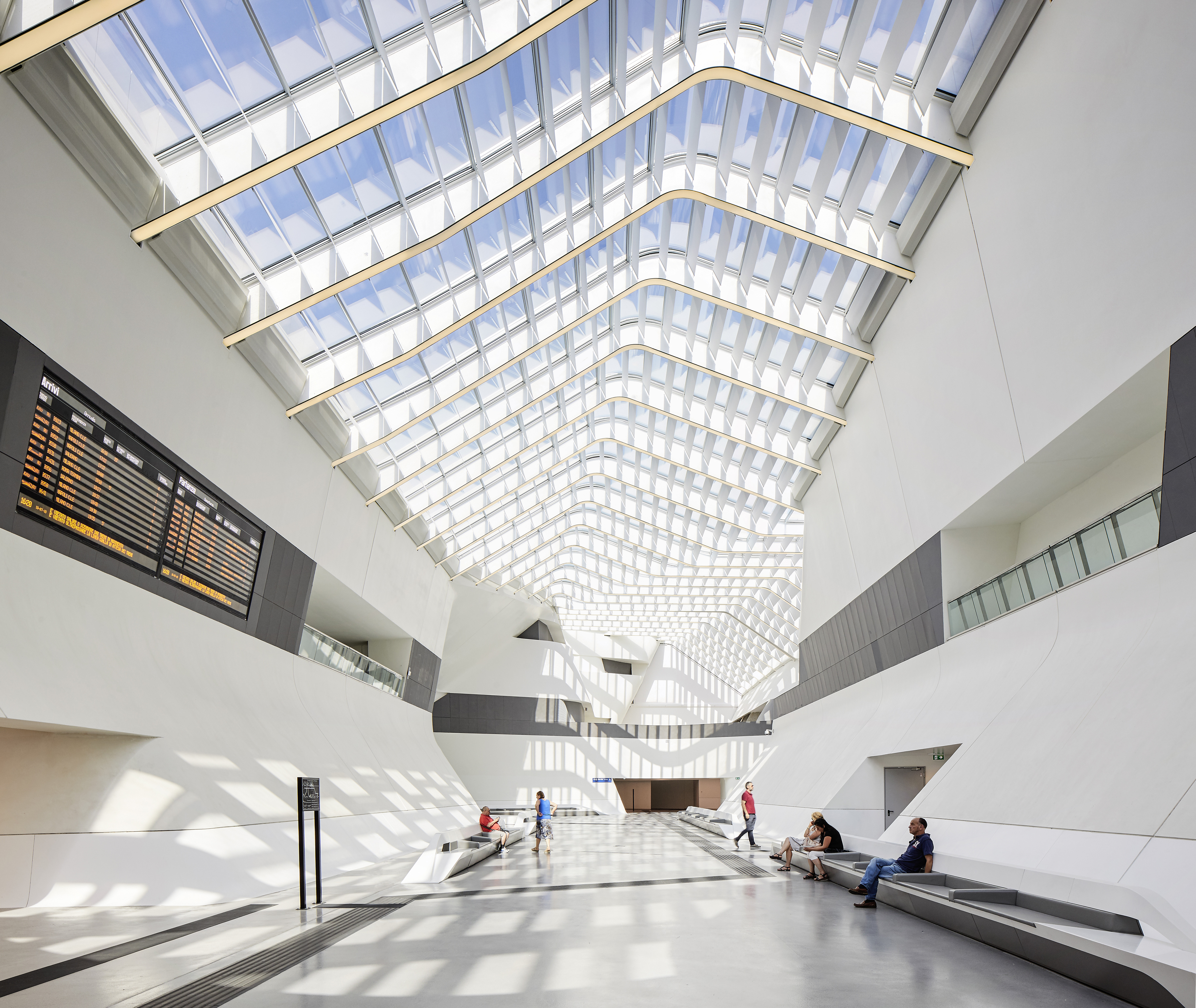
The exterior of the Napoli Afragola train station.
The station is an important part of the Italian train infrastructure – it serves four high speed inter-city lines, three inter-regional lines as well as a local commuter line. It is pivotal to the 15 million residents of Campania, Puglia, Molise, Calabria and Sicily in southern Italy, and is also a national connection to the north of Italy and the rest of Europe.

Public space outside the Napoli Afragola train station.
The future holds more for the rail station. High speed rail services will eventually connect with Bari and Reggio Calabria with the north of Italy and Europe. By 2022 the new rail infrastructure will serve the entire Campania region, integrating with the Napoli Cancello line and the Circumvesuviana commuter railway extension further to the south. Watch this space.
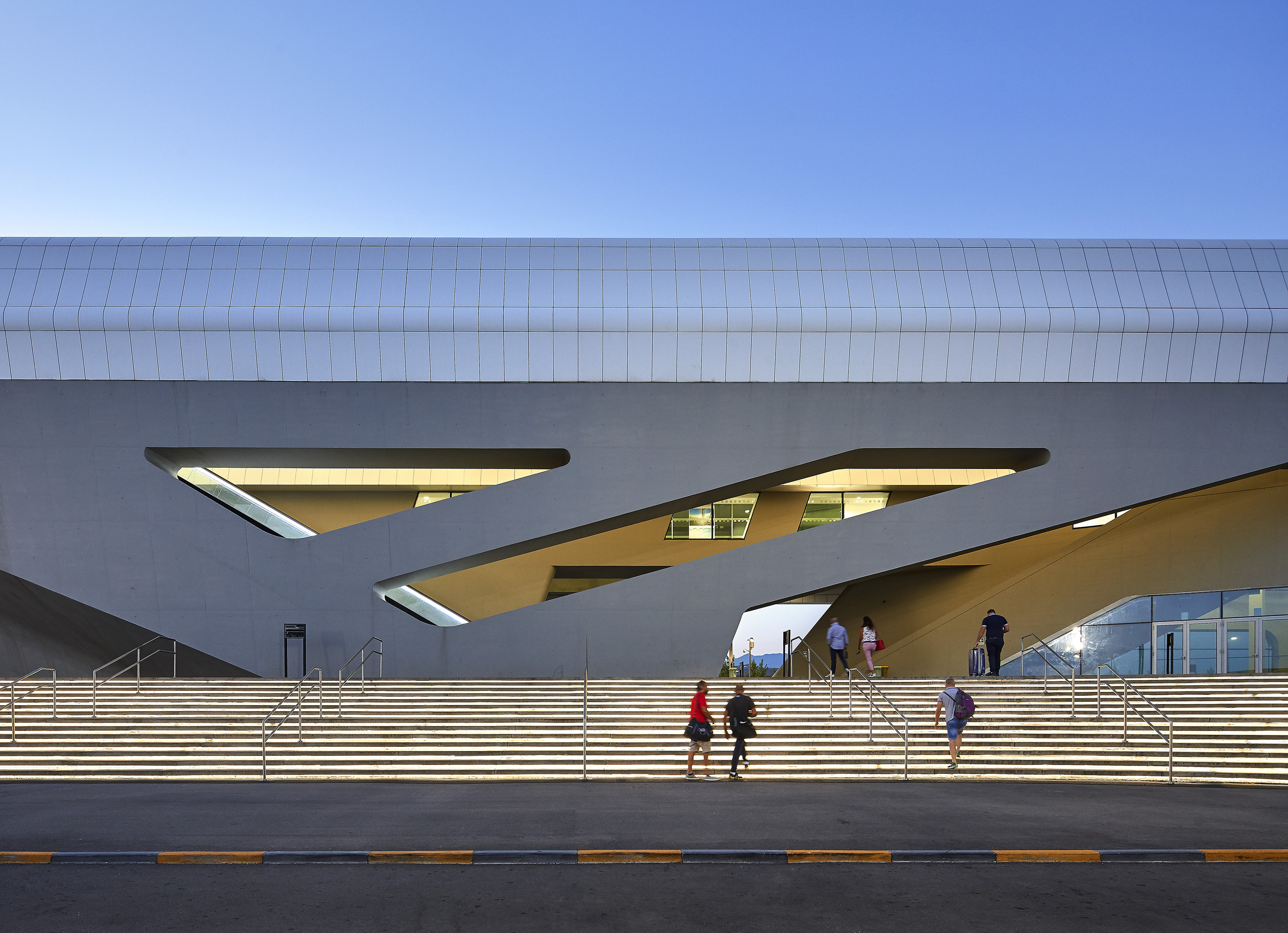
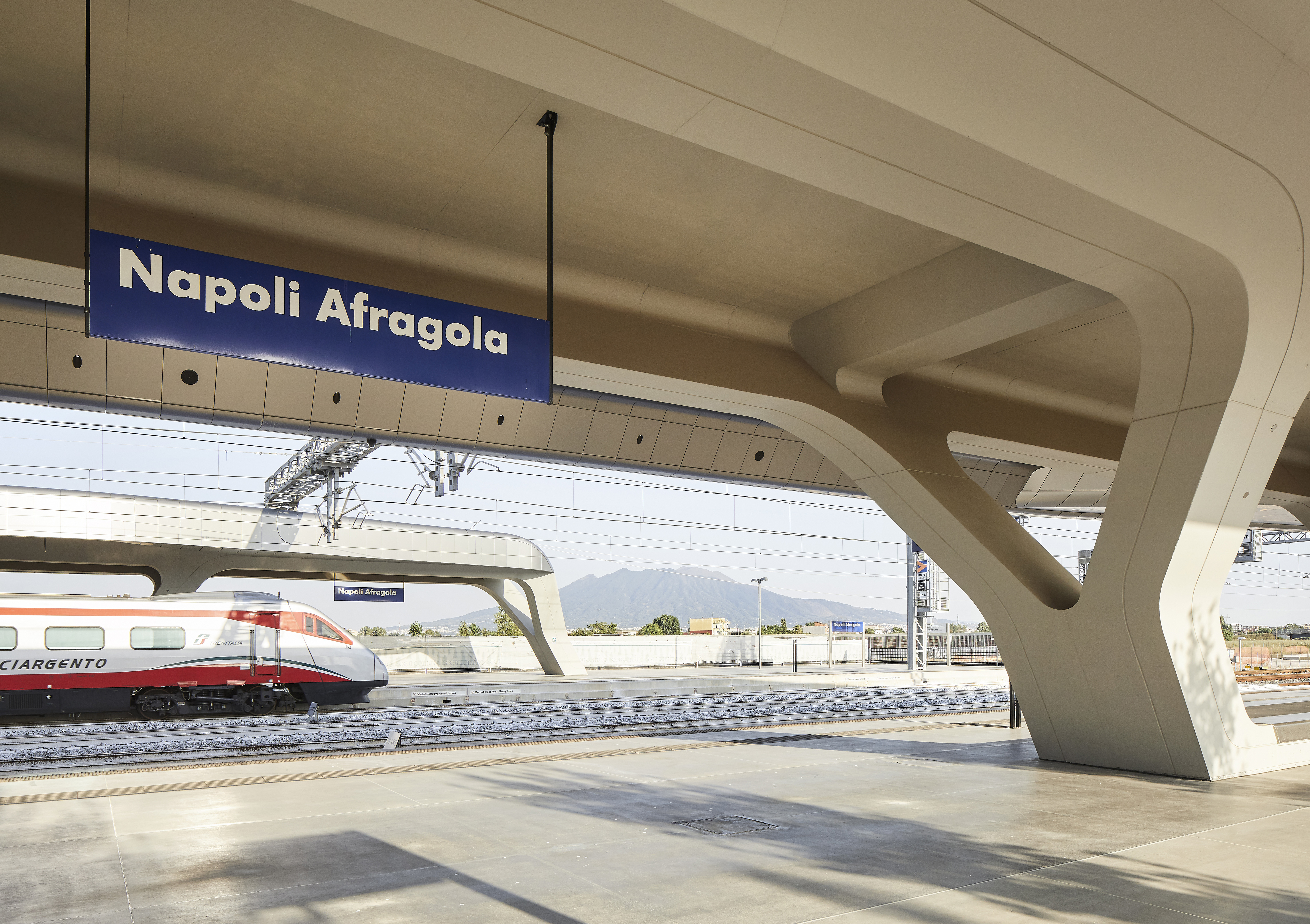
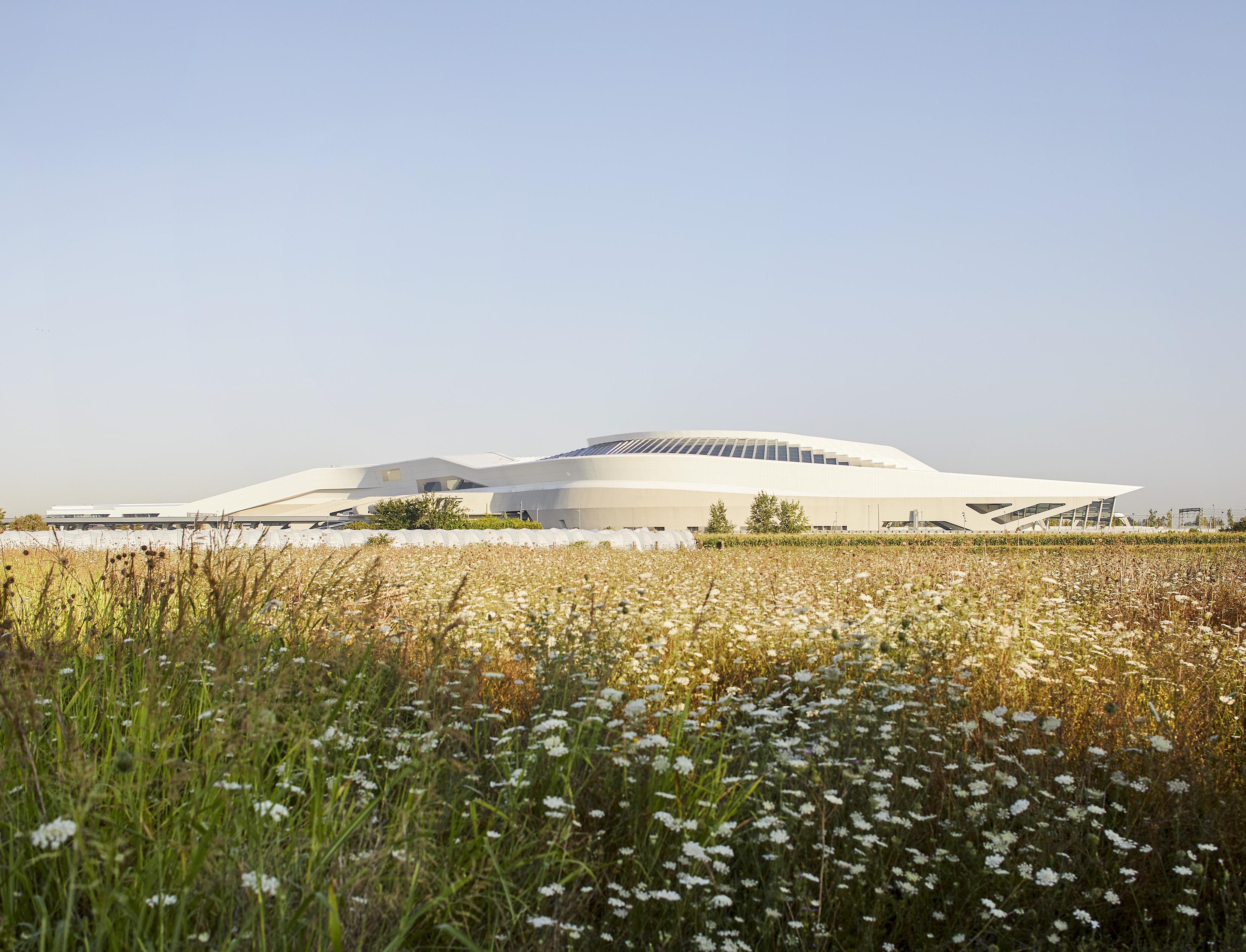
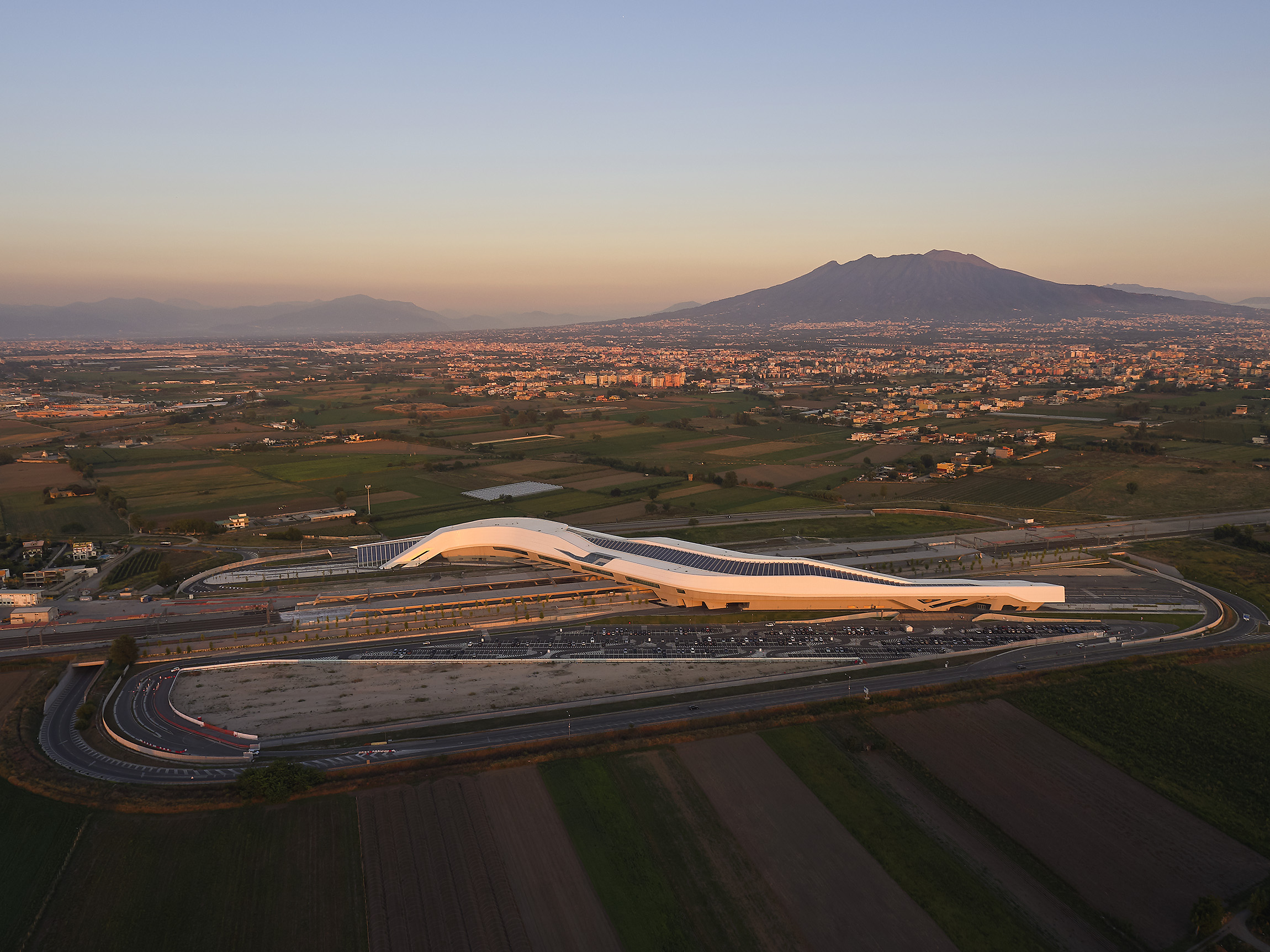
INFORMATION
For more information, visit the Zaha Hadid Architects website
Receive our daily digest of inspiration, escapism and design stories from around the world direct to your inbox.
Harriet Thorpe is a writer, journalist and editor covering architecture, design and culture, with particular interest in sustainability, 20th-century architecture and community. After studying History of Art at the School of Oriental and African Studies (SOAS) and Journalism at City University in London, she developed her interest in architecture working at Wallpaper* magazine and today contributes to Wallpaper*, The World of Interiors and Icon magazine, amongst other titles. She is author of The Sustainable City (2022, Hoxton Mini Press), a book about sustainable architecture in London, and the Modern Cambridge Map (2023, Blue Crow Media), a map of 20th-century architecture in Cambridge, the city where she grew up.
-
 A dramatic Mallorcan house is a manifesto of contemporary Mediterranean living
A dramatic Mallorcan house is a manifesto of contemporary Mediterranean livingOn the outskirts of Palma, a Mallorcan house, Casa Óculo by OHLAB, harnesses time and sunlight in architecture that seems to ‘breathe’
-
 A rare Rudolph Schindler-designed rental just hit the market in Los Angeles
A rare Rudolph Schindler-designed rental just hit the market in Los AngelesThis incredible Silver Lake apartment, designed one of the most famous voices in California modernism, could be yours for $3,675 a month
-
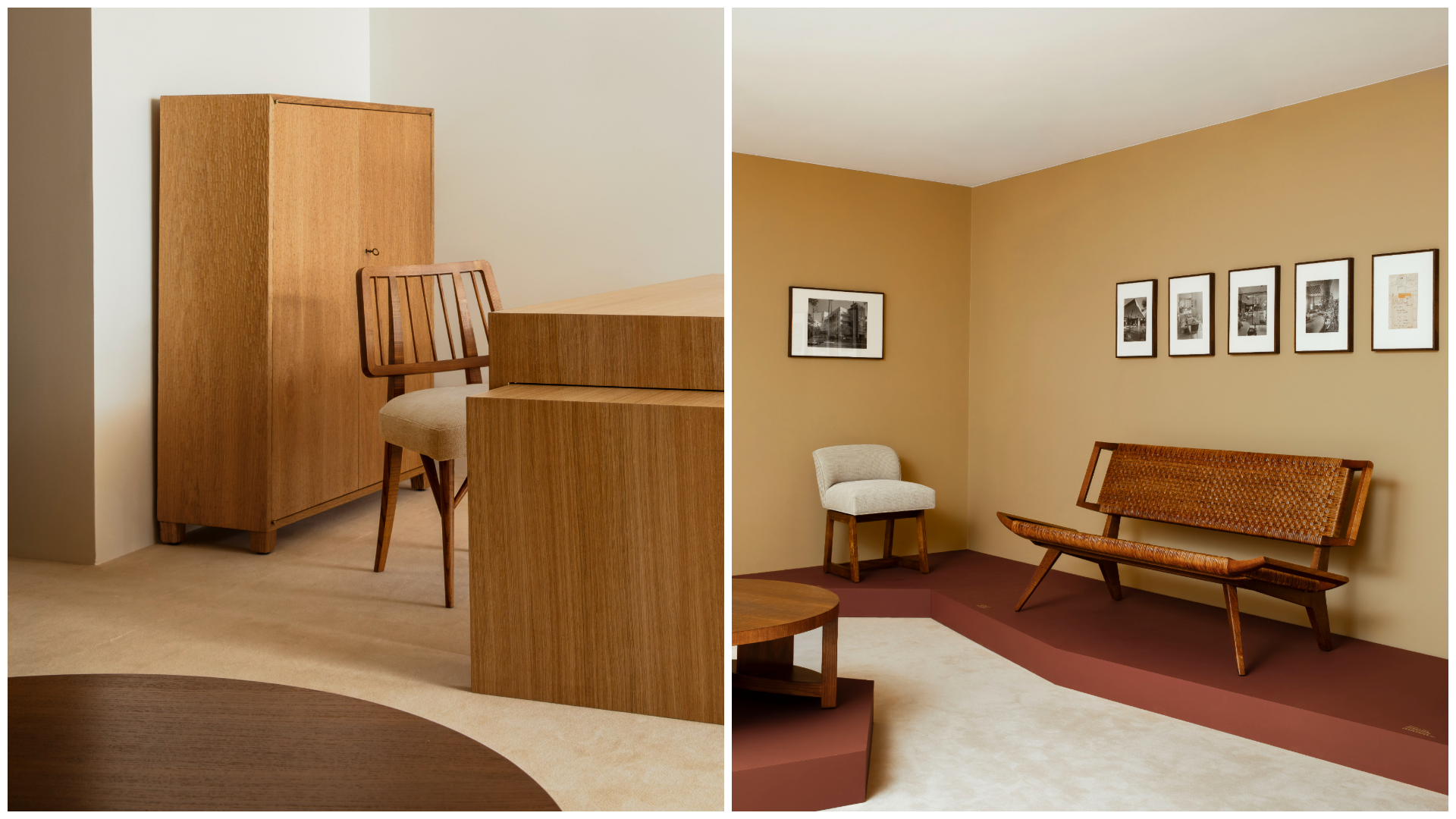 Pierre Yovanovitch on reviving French design house Ecart, and the ‘beautiful things’ ahead
Pierre Yovanovitch on reviving French design house Ecart, and the ‘beautiful things’ aheadTwo years after acquiring Ecart, Yovanovitch unveils his plans for the design house founded by Andrée Putman and now relaunched with a series of reissues by American-Hungarian émigré Paul László
-
 How to spot a fake Lamborghini: inside the sports car manufacturer’s Polo Storico division
How to spot a fake Lamborghini: inside the sports car manufacturer’s Polo Storico divisionFake or fortune? We talk to the team of Lamborghini experts who can spot a priceless classic from a phoney
-
 Zagato reveals the first model from Bovensiepen Automobiles and a one-off Alfa Romeo
Zagato reveals the first model from Bovensiepen Automobiles and a one-off Alfa RomeoTwo new cars emerged from Zagato’s studio to grace the shores of Lake Como at the Concorso d’Eleganza Villa d’Este 2025. We explore the Italian coachbuilder’s latest designs
-
 Cantiere delle Marche is an Italian shipyard with a speciality: the high-end explorer yacht
Cantiere delle Marche is an Italian shipyard with a speciality: the high-end explorer yachtWe talk to Vasco Buonpensiere, CEO of Cantiere Delle Marche, about the rise of ultra-self-sufficient, multi-purpose, long distance explorer yachts
-
 Lamborghini, fast friends with the Italian State Police for two decades
Lamborghini, fast friends with the Italian State Police for two decadesWhen the Italian police need to be somewhere fast, they turn to a long-running partnership with one of the country’s most famed sports car manufacturers, Lamborghini
-
 We are the world: Pininfarina’s ‘Orbis’ taps Papal support for an eco-friendly agenda
We are the world: Pininfarina’s ‘Orbis’ taps Papal support for an eco-friendly agendaThe Orbis is a ‘symbolic object’, a gift to Pope Francis from the Italian design agency at a time of political upheaval and social fracture around all aspects of sustainability
-
 24 transportation design innovations for 2024
24 transportation design innovations for 2024From electric cars to new airports and sports boats, here’s a non-exhaustive list of 24 of the most interesting transportation design innovations to expect in the coming year
-
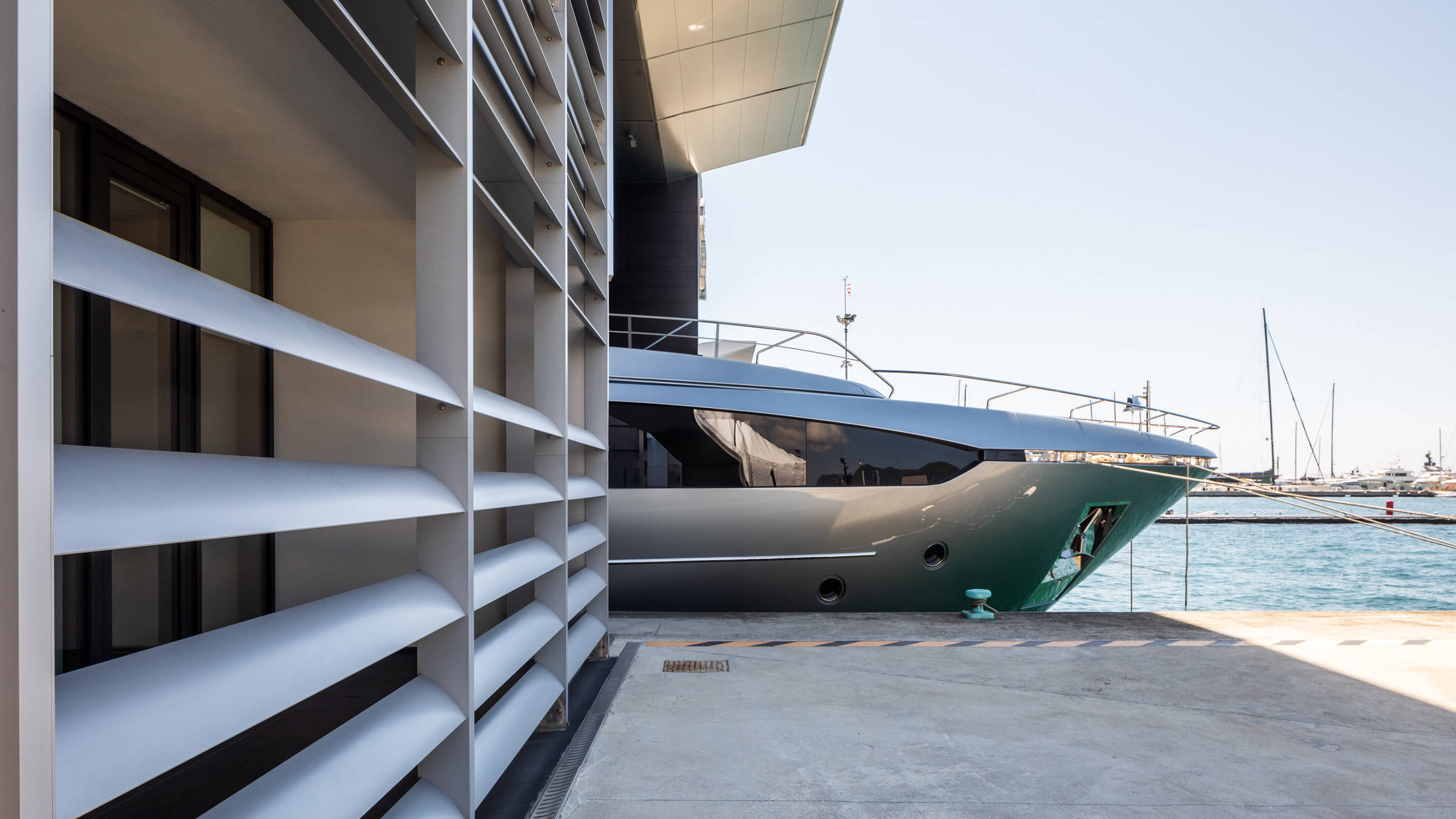 Riva Yacht’s Italian shipyard and HQ is refined and expanded courtesy of MMAA
Riva Yacht’s Italian shipyard and HQ is refined and expanded courtesy of MMAAThe home of Riva Yacht’s superyacht division on the shores of the Ligurian Sea has been transformed by Studio Manfroni e Associati di La Spezia
-
 The Zagato Twins revive a classic niche Aston Martin design
The Zagato Twins revive a classic niche Aston Martin designJust 19 examples of the Aston Martin Vantage V12 Zagato Heritage Twins by R-Reforged continuation will be made, and you’ll only be able to buy them as a pair